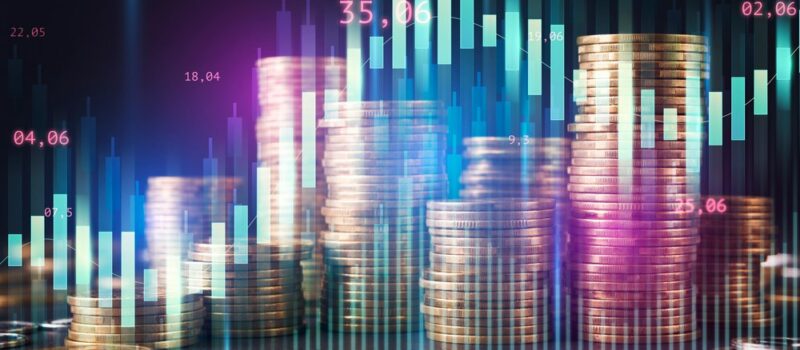- OKX “100%” Clean?
- Implications of Proof of Reserves in the Cryptocurrency Industry
- Exploring the Concept of “Clean Reserves”
OKX “100%” Clean?
The most recent reserve report from OKX indicates that the company has enough Tether (USDT), Bitcoin (BTC), and Ethereum (ETH) in clean reserve to meet withdrawal requests. OKX is a global cryptocurrency exchange and wallet platform headquartered in Seychelles, catering to millions of customers worldwide.
OKX exchange asserts that it maintains a larger clean asset reserve ratio than other well-known crypto exchanges. As a result, OKX is ranked the 9th largest cryptocurrency exchange worldwide in terms of traffic, trading volume, and liquidity, according to CoinMarketCap.
The company has $8.6 held by the exchange in BTC, ETH, and USDT, with the reserve ratios at 104%, 104%, and 102%, respectively. Accessing the reserve data and utilizing open-source tools to verify their liabilities sparked much curiosity from OKX users.
Around 90,000 individuals checked to see if OKX took care of their liabilities in the Proof of Reserves (PoR) portal, which had over 175,000 unique visitors. Furthermore, according to third-party statistics, OKX has the highest 100% clean asset reserves amongst some leading exchange platforms.
OKX’s assets are “100% clean,” according to CryptoQuant, a blockchain analytics company that analyzes Proof of Reserves (PoR) all over the sector.
Implications of Proof of Reserves in the Cryptocurrency Industry
Using the cryptographic method known as “Proof of Reserves,” crypto exchanges and other administrators can demonstrate that they possess a specific quantity of assets in place of their clients while avoiding disclosing any private details about particular user profiles or operations.
The Merkle tree, commonly referred to as a hash tree, is used by OKX in two distinct ways to demonstrate its reserves. First, users can find their amount in the tree and ensure their resources are counted in the general OKX balance.
The total OKX balance is compared to the publicly available balance on the OKX on-chain wallet to establish the Proof of Reserves. As a result, customers might feel more confident that their funds are secure and protected when institutions demonstrate that they have sufficient assets, which is especially important in the mainly unregulated cryptocurrency business.
For institutions, proof of reserves can be advantageous because it shows that they have enough assets to attract additional clients and investors and possibly cut their capital costs by showcasing their financial strength.
In particular, in the rapidly expanding and changing cryptocurrency industry, proof of reserves is crucial for fostering security and trust in the financial sector.
Exploring the Concept of “Clean Reserves”
“Clean reserves” usually relate to the part of a cryptocurrency’s deposits that are stored visibly and transparently, frequently intending to prove that funds or assets entirely support the cryptocurrency.
In Proof of Reserves (PoR), assets are categorized as “clean” when a third-party study demonstrates that they are entirely made up of high market cap “conventional” cryptocurrency assets, including ETH, BTC, and USDT, and do not comprise an exchange’s system token.
Clean reserves are essential for maintaining trust in a cryptocurrency, primarily when used as an exchange medium or value storage. Many assets, including fiat money, different cryptocurrencies, or tangible assets, can be included in clean reserves.
The most important aspect is that these reserves are managed to allow for independent verification, frequently by using a public blockchain or even other open accounting practices.


